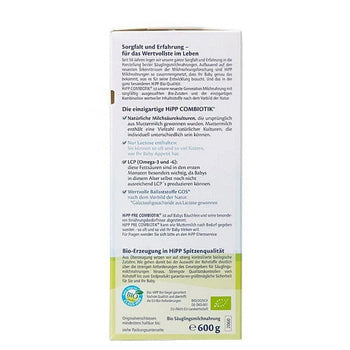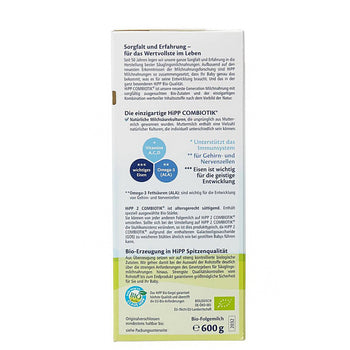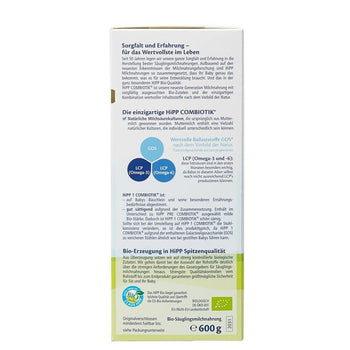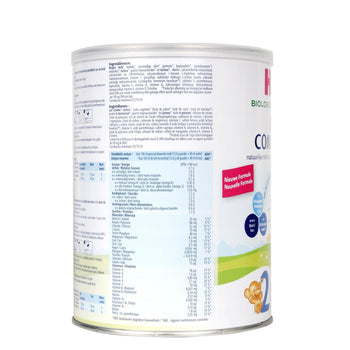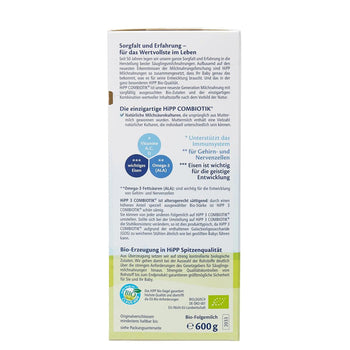Understanding the milestones in a baby's development is crucial for every parent. One of the most eagerly anticipated moments is when babies begin to hold their own bottle, signaling growing independence and motor control. While each child develops at their own pace, this guide explores the average age range, the physical and cognitive skills involved, and ways parents can encourage this essential milestone safely and effectively.
Understanding the Average Age Range
Most babies start showing signs of holding their own bottle between 6 to 10 months of age. However, it is not uncommon for some babies to grasp the skill earlier, around 4 to 5 months, while others may take longer. Several factors, including muscle strength, coordination, and individual temperament, influence when a baby becomes ready.
Why Some Babies Hold Bottles Earlier Than Others
Babies who develop fine and gross motor skills more rapidly tend to reach this milestone earlier. Several elements contribute to this variation:
-
Tummy time and physical play that strengthen core muscles
-
Frequency of independent feeding opportunities
-
Time spent using hands during play, which develops grip strength
-
Temperament—some babies naturally exhibit more independence and curiosity
Signs That Your Baby is Ready to Hold a Bottle
Before your baby begins holding their bottle independently, there are a few signs to look out for:
-
Increased hand-eye coordination
-
Grabbing at the bottle during feeding
-
Holding toys or other objects with both hands
-
Sitting up with minimal support
-
Showing a desire to self-feed or explore textures
Recognizing these signs is crucial to fostering your baby’s desire to try bottle-holding on their own.
The Role of Motor Skill Development
For a baby to successfully hold a bottle, they must coordinate multiple muscle groups. This includes the upper back, shoulders, arms, wrists, and fingers. These skills are developed through a combination of:
-
Reaching and grasping objects
-
Practicing self-soothing techniques like thumb sucking
-
Engaging in repetitive motions like clapping or banging toys
As these motions strengthen the muscles needed for bottle-holding, they also teach the baby to coordinate their actions with intention.
Best Bottles to Encourage Independent Feeding
Certain bottles are designed to support self-feeding efforts. Look for the following features:
-
Ergonomic design for small hands
-
Non-slip grips or textured surfaces
-
Lightweight materials to prevent fatigue
-
Anti-colic nipples to reduce feeding discomfort
Popular baby bottles like the Comotomo, Elhee, and hegen are often recommended for encouraging self-feeding due to their thoughtful design.
How to Teach Your Baby to Hold a Bottle
Teaching your baby to hold a bottle is a step-by-step process that requires consistency and patience. Here’s how to make the transition smooth:
-
Start with assisted holding: Gently guide your baby’s hands to the bottle during feeding.
-
Encourage frequent practice: Provide short, supervised opportunities throughout the day.
-
Use familiar feeding times: Babies are more receptive to learning when they are calm and relaxed.
-
Offer encouragement and praise: Positive reinforcement helps build confidence.
-
Provide safe, soft feeding environments: Position your baby in a semi-upright seat or your lap.
Safety Tips While Baby Learns to Self-Feed
While independence is important, safety should always come first. Keep these precautions in mind:
-
Never prop bottles for unattended feeding. This can lead to choking or ear infections.
-
Always supervise bottle feeding until your baby fully masters the skill.
-
Avoid allowing your baby to fall asleep with a bottle to prevent tooth decay.
-
Inspect bottles regularly for signs of wear and tear or chewing.
What If My Baby Isn’t Holding Their Bottle Yet?
It’s important to remember that developmental milestones vary. If your baby is 10+ months old and hasn’t shown any interest or ability to hold their bottle, it might be time to consult your pediatrician. Possible underlying issues may include:
-
Delayed motor development
-
Low muscle tone
-
Visual or sensory processing issues
However, many babies simply prefer to be fed longer and will catch up in their own time. Focus on building skills through play, interaction, and gentle encouragement rather than forcing the process.
Transitioning from Bottle to Cup
Once your baby has mastered holding their own bottle, the next transition is often to sippy cups or open cups, typically around 12 months of age. Early bottle-holding plays a foundational role in this transition by building grip strength and mouth coordination. Choose cups with:
-
Handles for easy gripping
-
Soft spouts or silicone lids
-
Minimal leak features for ease of cleaning and use
Encouraging this next step supports further independence and oral development.
Supporting Your Baby’s Milestones With Patience and Encouragement
Watching your baby grow from a passive feeder to an independent bottle-holder is a rewarding journey. By recognizing the signs of readiness, providing the right tools, and creating a nurturing environment, you’ll be supporting their growth not only in feeding but across many areas of development.















